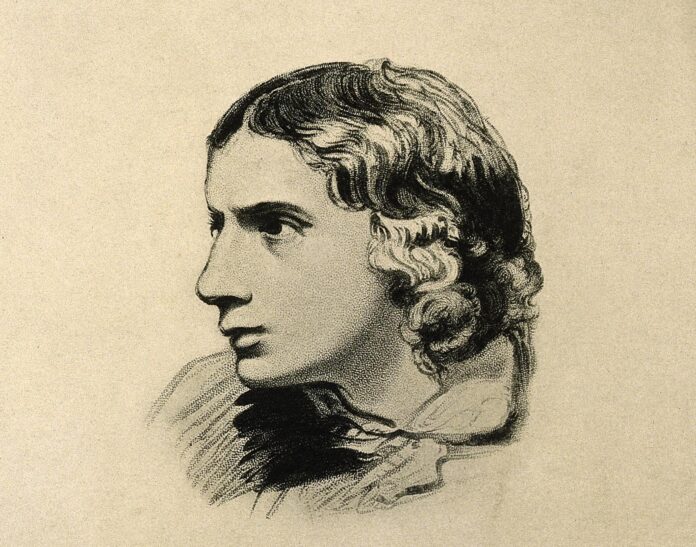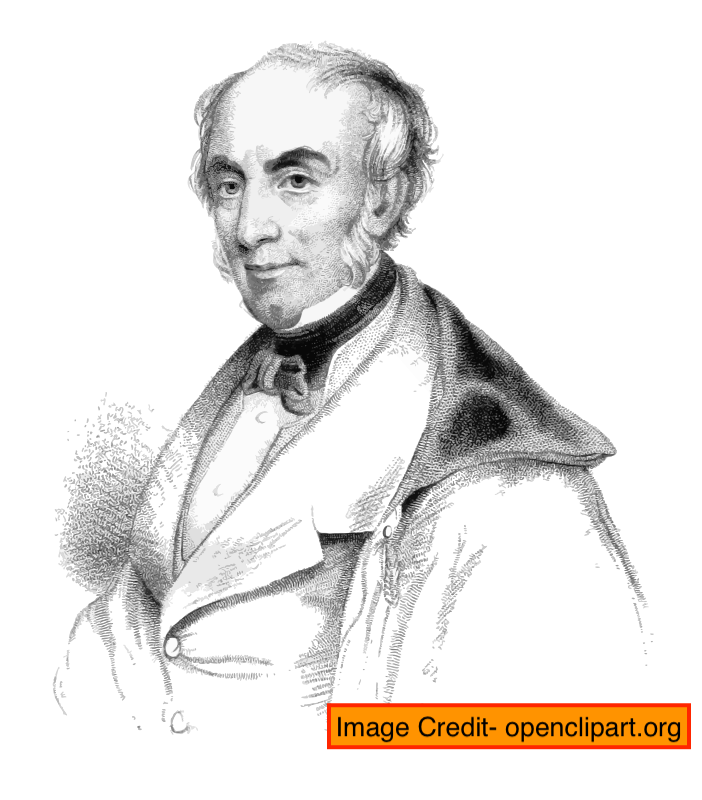(Info4now)- If Shakespeare’s ‘to be or not to be’ is for human hesitation, ‘those unheard are sweeter’ a solution to that restlessness in Ode on a Grecian Urn. Every time one turns the leaves of the young beautiful days, one must be happy with the earlier vitality. If an urn can depict that permanence, Keats oscillates between art and reality.
Summary of Ode on a Grecian Urn
On seeing the images on the urn, Keats discovers the perennial forms of life in those arts. At the start, he tries to realize whose pictures are those. In the second stanza, he finds out a love-couple who will always be in the warm chase. Though the boy is about to touch his beloved, he can’t, only with the forever expectation. The unheard melody from the static flute appeared sweeter. The eternal vitality of the trees on the urn and the lover’s endeavour to kiss his maid remind him of worldly weariness in a sharp contrast. In another picture, we see a group of people reaching a holy place for rituals. Thoughtful Keats is imaginative enough to think of the emptied town or village of the pilgrims. Being cold and static, they have no chance to return.
The urn, cold in its existence, preserves the beauty of eternal images. For years, It will teach mankind that this beauty is always true. On the other hand, something which is true in life is always beautiful.
Critical Analysis
The poet addresses the urn as the static witness of mortal dynamism of human life. If it does so, it also keeps signs of immortality on its body. Keats thinks that the piper will play the song forever. Though it doesn’t reach his ear, it hits his senses easily. The lover is in a chase for his beloved. He can’t catch her, being absolutely frozen on the urn. But the close proximity makes sure that she can’t escape from his grip. The urn successfully takes the upper hand with it’s artistic beauty, as the poet in reality fails to take control over his beloved. The evergreen tree leaves contrast the poet’s shedding of youth.
The fourth stanza doesn’t quite connect with both the second and third in respect of thought. But it still tells a story, as introduced in the first para. As a group of people are seen on the urn observing religious rituals, the poet thinks of the town they came from. The sculptured beauty suddenly takes him to the desolate place of their living. Here the poet, for the first time, deviates from the eternal beauty of the urn. As the people fail to make a comeback, they are unable to attain their warm get-together.
‘Beauty is truth, truth beauty’
Keats’ turn in attitude towards the urn continues in the first half of the fifth para. It, therefore, easily connects with the thought of para 4. He addresses the urn silent and cold. But being so, it, with its craftsmanship, tries to win over such truth. It remains forever against that warmth of human life, against that warmth that is short-lived. It’s the beauty of art that keeps living always. It’s the beauty that incites pure imagination. This beauty is always true. On the other hand, the truth in life is always beautiful. What the urn teases about is probably the truth of human life —the warmth and decaying. The urn, the symbol of beauty, is all care for the beauty of that truth. With this thought shared between the poet and his addressee urn, the universal expression ‘Beauty is truth, truth beauty’ results.
Conclusion
In its form and theme, Ode on a Grecian Urn is much more balanced than Ode to Psyche and Ode on Melancholy. The expressions ‘those unheard are sweeter’, ‘thou art desolate’ are proof of Keats’ sensuousness. The ode echoes his love for Greek artistic beauty. But it never fails to appear as a unique Keatsian poem with the technician’s excellent execution of the composition. He is romantic enough with the melody of the language and the expression of the self. The worshipper of true beauty is never without true negative capability.
( The author is an independent literary critic and the article is from his complete personal views.)






